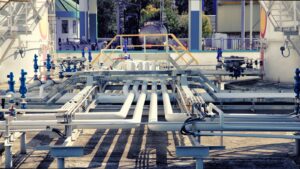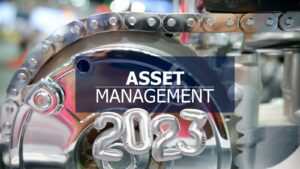As many in the mechanical asset management industry know, a pressure relief valve, or PRV, is one of the main components in many systems. It has been designed to protect against excess pressure and ensure smooth operation. The role of a PRV varies depending on the specific demands of the system it serves. This is why experts emphasise selecting a suitable valve, as an unsuitable one could lead to system malfunction or even damage.
In this article, we focus on exploring the main pressure relief valve categories, providing insights into how pressure relief valves perform their essential functions.
In this article, we focus on exploring the main pressure relief valve categories, providing insights into how pressure relief valves perform their essential functions.
What is a Pressure Relief Valve?
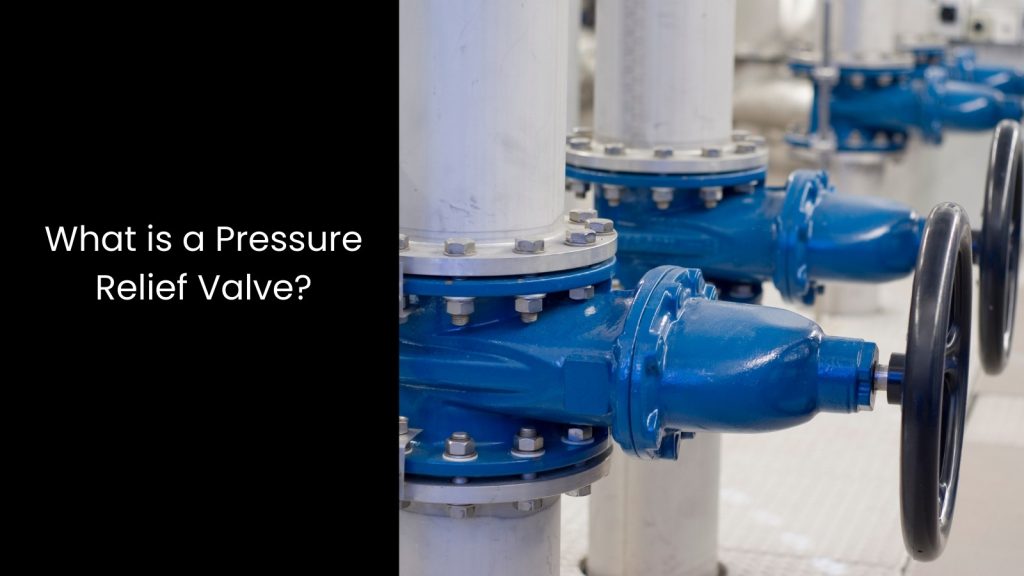
- A Pressure Relief Valve is a crucial safety device designed to control and limit the pressure within a system to prevent any overpressure conditions that could lead to equipment failure or other hazards.
- Primarily used in gas and liquid systems, this valve opens up to release excess flow if the pressure in the system exceeds a preset, safe level. These temperature and pressure relief valves play a similar role in protecting equipment and systems by ensuring they do not reach unsafe pressure or temperature levels.
- Initially, these valves gained importance in boiler systems, where they safely vented steam when pressure got too high. In these systems, a boiler generates hot water or steam that flows through radiators to heat a building. If steam pressure builds up excessively, it could cause pipes or tanks to burst, resulting in severe property damage and possibly harming people nearby. Relief valves prevent these situations by releasing steam safely before the pressure reaches a critical point.
- Today, various systems like hot water heaters, chemical processing plants, fuel systems, hydraulic machinery, and even nuclear reactors rely on pressure relief valves to operate safely.
- These valves follow strict standards in Australia and worldwide to ensure safety across many industrial applications.
How Does a Pressure Relief Valve Work?
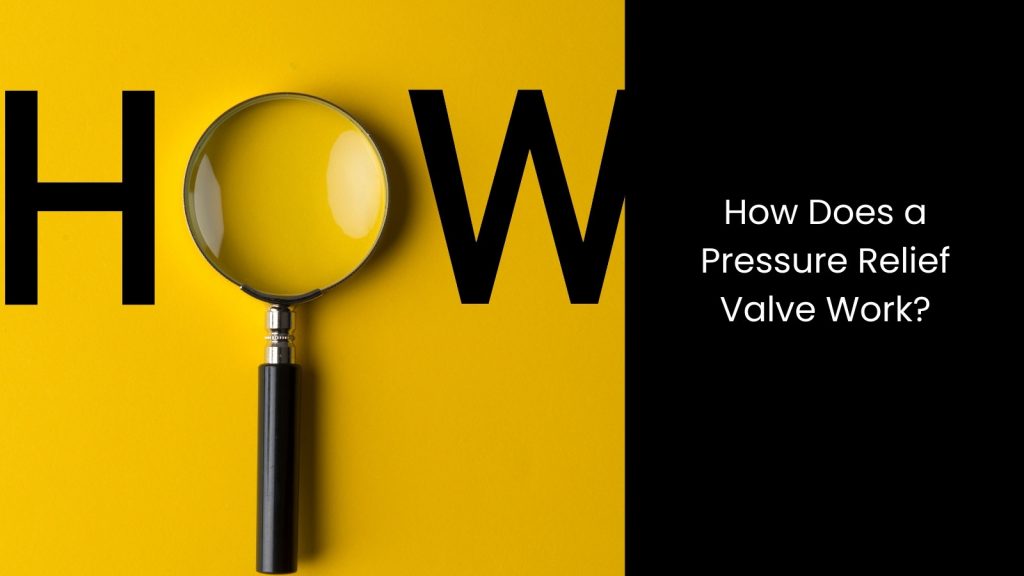
What is a pressure relief device or valve? Now, let us move on to exploring its mechanism.
A pressure relief valve works as a direct-acting device that keeps systems safe by controlling high pressure. It stays closed during normal conditions, creating a seal to prevent flow through the valve.
As the system pressure rises and approaches a preset limit, it acts directly on the valve’s internal components, gradually forcing it to open. This gradual opening lets the valve release fluid until the pressure lowers to a safe level, and then it automatically returns to its closed position to stop the flow. This controlled release prevents damage by blocking the pressure from climbing further.
In contrast, a safety valve immediately and fully opens at a preset pressure, allowing the system to evacuate quickly, making it an essential emergency device. Both pressure relief and safety valves serve as a last line of defence against overpressure, ensuring equipment safety during critical events. To set up these valves accurately, trained professionals follow specific procedures that align with the manufacturer’s recommendations, local regulations, and safety standards.
After setup, they tag and seal the valve to prevent tampering, ensuring it stays calibrated. Careful transport and vertical positioning keep the set point intact, preventing accidental adjustments. The correct sizing and selection of each pressure relief device are also vital, as using an undersized or incorrect valve—even when set correctly—could fail to protect the system effectively. Manufacturers recommend seeking expert advice when selecting these valves to ensure their compatibility with the system’s needs.
A pressure relief valve works as a direct-acting device that keeps systems safe by controlling high pressure. It stays closed during normal conditions, creating a seal to prevent flow through the valve.
As the system pressure rises and approaches a preset limit, it acts directly on the valve’s internal components, gradually forcing it to open. This gradual opening lets the valve release fluid until the pressure lowers to a safe level, and then it automatically returns to its closed position to stop the flow. This controlled release prevents damage by blocking the pressure from climbing further.
In contrast, a safety valve immediately and fully opens at a preset pressure, allowing the system to evacuate quickly, making it an essential emergency device. Both pressure relief and safety valves serve as a last line of defence against overpressure, ensuring equipment safety during critical events. To set up these valves accurately, trained professionals follow specific procedures that align with the manufacturer’s recommendations, local regulations, and safety standards.
After setup, they tag and seal the valve to prevent tampering, ensuring it stays calibrated. Careful transport and vertical positioning keep the set point intact, preventing accidental adjustments. The correct sizing and selection of each pressure relief device are also vital, as using an undersized or incorrect valve—even when set correctly—could fail to protect the system effectively. Manufacturers recommend seeking expert advice when selecting these valves to ensure their compatibility with the system’s needs.
Main Pressure Relief Valve Functions
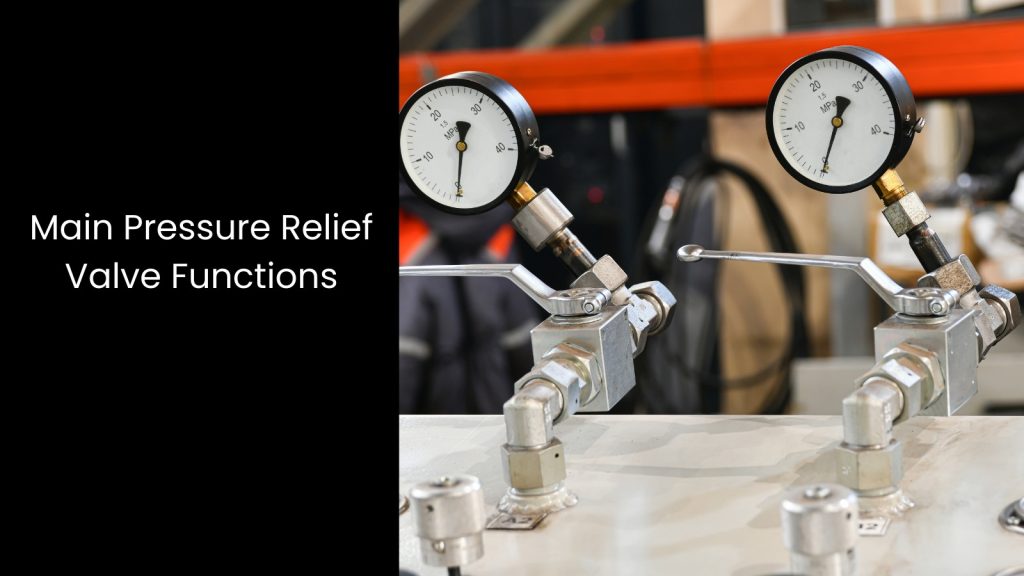
Safety Relief Valves
Safety relief valves act as fast-responding ‘pop-off’ valves that protect systems from sudden pressure surges.
In applications prone to quick pressure increases, these relief valves serve as critical safeguards to avoid potential damage. For instance, when a pump fills a storage tank with gas, the pressure inside the tank builds up rapidly as it nears capacity. Without a safety relief valve, excessive pressure could cause the tank to burst, similar to an overfilled balloon.
To prevent this, the setup includes a relief valve between the pump and tank that opens immediately if the pressure rises above a safe level. When it opens, the relief valve quickly redirects the extra gas, either venting it to the atmosphere or sending it back to a line that connects upstream of the pump. This rapid pressure release keeps the tank from reaching unsafe limits, allowing it to operate within the designed range. Once the pump turns off, disconnects, or when the pressure naturally returns to a safe level, the relief valve closes, sealing the system.
Safety relief valves work across various systems, from industrial setups to everyday household equipment like hot water heaters, which often include a hot water pressure relief valve to protect against excessive heat and pressure buildup. These valves do not typically open frequently but stay in place as a vital layer of protection, ensuring the system remains within safe operating conditions.
In applications prone to quick pressure increases, these relief valves serve as critical safeguards to avoid potential damage. For instance, when a pump fills a storage tank with gas, the pressure inside the tank builds up rapidly as it nears capacity. Without a safety relief valve, excessive pressure could cause the tank to burst, similar to an overfilled balloon.
To prevent this, the setup includes a relief valve between the pump and tank that opens immediately if the pressure rises above a safe level. When it opens, the relief valve quickly redirects the extra gas, either venting it to the atmosphere or sending it back to a line that connects upstream of the pump. This rapid pressure release keeps the tank from reaching unsafe limits, allowing it to operate within the designed range. Once the pump turns off, disconnects, or when the pressure naturally returns to a safe level, the relief valve closes, sealing the system.
Safety relief valves work across various systems, from industrial setups to everyday household equipment like hot water heaters, which often include a hot water pressure relief valve to protect against excessive heat and pressure buildup. These valves do not typically open frequently but stay in place as a vital layer of protection, ensuring the system remains within safe operating conditions.
Pressure Regulating Relief Valves
These valves work as essential components in systems that require constant pressure regulation, operating smoothly to adjust pressure based on system demands.
Unlike standard relief valves that open fully only during extreme pressure situations, these valves shift continuously between open and closed positions. This flexibility enables the valve to regulate pressure within a specific range, ensuring stability even as pressure and flow fluctuate while it remains open.
In an engine fuel system, for example, a pressure-regulating relief valve helps keep fuel pressure steady for efficient engine operation. Fuel flows from a fixed-volume pump, which supplies it to the combustion chamber through injection nozzles. These nozzles open and close at different rates depending on how much fuel the engine needs, creating varying pressure conditions. Positioned between the fuel pump and the injectors, the pressure-regulating relief valve opens partially as needed, releasing any excess fuel back into the tank.
By doing this, the valve maintains consistent pressure on the injectors, which is crucial for optimised fuel efficiency and performance. This balance makes pressure-regulating relief valves invaluable in fuel systems and other settings where precise pressure control leads to smoother operations and enhanced efficiency.
Unlike standard relief valves that open fully only during extreme pressure situations, these valves shift continuously between open and closed positions. This flexibility enables the valve to regulate pressure within a specific range, ensuring stability even as pressure and flow fluctuate while it remains open.
In an engine fuel system, for example, a pressure-regulating relief valve helps keep fuel pressure steady for efficient engine operation. Fuel flows from a fixed-volume pump, which supplies it to the combustion chamber through injection nozzles. These nozzles open and close at different rates depending on how much fuel the engine needs, creating varying pressure conditions. Positioned between the fuel pump and the injectors, the pressure-regulating relief valve opens partially as needed, releasing any excess fuel back into the tank.
By doing this, the valve maintains consistent pressure on the injectors, which is crucial for optimised fuel efficiency and performance. This balance makes pressure-regulating relief valves invaluable in fuel systems and other settings where precise pressure control leads to smoother operations and enhanced efficiency.
Thermal Relief Valves
Thermal relief valves protect systems from pressure buildup caused by fluid expansion due to temperature changes, especially in confined areas. These valves are designed to release only a tiny amount of fluid at low flow rates, making them ideal for situations where minimal fluid release can prevent significant issues.
One critical example of their use is in the parking brake systems of aircraft. During a flight, the external temperature can drop significantly, while it can rise substantially on the ground. When the aircraft is parked, the fluid in the brake system expands as temperatures increase, potentially creating excessive pressure. Without a thermal relief valve, this pressure buildup could cause the brake system to fail, leading to dangerous scenarios like the aircraft moving or rolling unexpectedly.
The thermal relief valve opens just enough to release the expanded fluid and lower the pressure, ensuring the system stays within safe limits. This valve does not need to handle high flow rates; instead, it is precisely optimised for minor expansions. Activating only when needed prevents potential damage to sensitive systems without disrupting their overall operation.
Thermal relief valves are vital in other systems where temperature changes impact fluid pressure, as in closed hydraulic systems or pipelines.
One critical example of their use is in the parking brake systems of aircraft. During a flight, the external temperature can drop significantly, while it can rise substantially on the ground. When the aircraft is parked, the fluid in the brake system expands as temperatures increase, potentially creating excessive pressure. Without a thermal relief valve, this pressure buildup could cause the brake system to fail, leading to dangerous scenarios like the aircraft moving or rolling unexpectedly.
The thermal relief valve opens just enough to release the expanded fluid and lower the pressure, ensuring the system stays within safe limits. This valve does not need to handle high flow rates; instead, it is precisely optimised for minor expansions. Activating only when needed prevents potential damage to sensitive systems without disrupting their overall operation.
Thermal relief valves are vital in other systems where temperature changes impact fluid pressure, as in closed hydraulic systems or pipelines.
Monitoring Pressure Relief Valves 24/7 via Top Technology
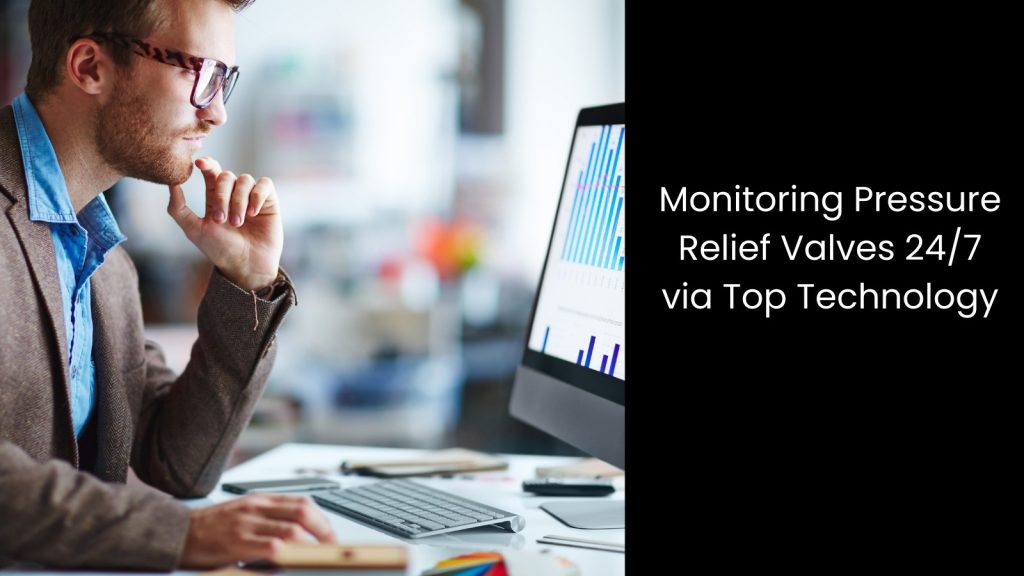
No need to say that mechanical asset management is one unpredictable world. This is why a reliable monitoring solution for pressure relief valves is needed to transform stress into calm. If you implement a robust Mechanical Asset Management Suite, you would not have to worry about any valve as it brings all the data under one screen around the clock. So, you have everything covered with the right technology from an industry expert!

